28 May 2024 Daily Current Affairs
About Mundra Port:
- It is the largest private port and the largest container port in India.
- Location: It is located on the north shores of the Gulf of Kutch, near Mundra, Kutch district, Gujarat.
- It is a deep-draft, all-weather port.
- It is also a special economic zone (SEZ).
- As much as 33 per cent of India's container traffic flows through the port.
- Ownership: It is run by Adani Ports and Special Economic Zone Limited (APSEZ),which is India’s largest commercial port operator and accounts for nearly one-fourth of the country’s cargo movement.
- Handling Capacity:
- With a capacity of 260 MMT, the port handles over 155 MMT (FY 2022-23), which constitutes nearly 11% of India’s maritime cargo.
- The port has 26 berths and two single-point moorings, which allow it to accommodate a wide range of vessels.
- The port handles a wide variety of cargo, including containers, dry bulk, break bulk, liquid cargo and automobiles.
- It also has the country’s largest coal import terminal, which facilitates faster cargo evacuation with minimal turnaround time.
- Mundra Port’s rail is connected to the national rail network and cargo can be handled for any location in India.
What is MSC Anna?
- It is the largest container ship ever to call at an Indian port.
- The docked vessel, MSC Anna, has a length of 399.98 metres - roughly the length of four football fields - and is among the largest container ships, with a capacity to carry 19,200 TEUs (20-foot equivalent units).
- Its arrival draft is 16.3 metres, which can be accommodated only at Adani Ports, Mundra, as no other port in India is capable of berthing a deep-draft vessel.
About National Green Hydrogen Mission:
- It was approved by the Union Cabinet on January 4,
- Aim: To make India a Global Hub for the production, utilization, and export of Green Hydrogenand its derivatives.
- Components:
- Under the Strategic Interventions for Green Hydrogen Transition Programme (SIGHT), two distinct financial incentive mechanisms
- Incentive for manufacturing of electrolysers
- Incentive for production of green hydrogen.
- The Mission will also support pilot projects in emerging end-use sectors and production pathways.
- Regions capable of supporting large-scale production and/or utilization of Hydrogen will be identified and developed as Green Hydrogen Hubs.
- An enabling policy framework will be developed to support the establishment of a Green Hydrogen ecosystem.
- A robust Standards and Regulations framework will be also developed.
- Further, a public-private partnership framework for R&D (Strategic Hydrogen Innovation Partnership–SHIP) will be facilitated under the Mission.
- A coordinated skill development programme will be undertaken under the Mission.
- Under the Strategic Interventions for Green Hydrogen Transition Programme (SIGHT), two distinct financial incentive mechanisms
- The mission outcomes projected by 2030 are:
- Development of green hydrogen production capacity of at least 5 MMT(Million Metric Tonnes) per annum with an associated renewable energy capacity addition of about 125 GW in the country;
- Over Rs. Eight lakh crores in total investments;
- Creation of over Six lakh jobs;
- Cumulative reduction in fossil fuel imports over Rs. One lakh crore;
- Abatement of nearly 50 MMT of annual greenhouse gas emissions;
- The initial outlay for the Mission will be Rs.19,744 crore, including an outlay of Rs.17,490 crore for the SIGHT programme, Rs.1,466 crore for pilot projects, Rs.400 crore for R&D, and Rs. 388 crores towards other Mission components.
- The Ministry of New and Renewable Energy will be responsible for the overall coordination and implementation of the Mission.
What is Green Hydrogen?
- Hydrogen is the simplest chemical element, the first in the periodic table with atomic number 1.
- It is light, can be stored and does not generate pollutant emissions by itself.
- Green hydrogen is made by using clean electricity from surplus renewable energy sources, such as solar or wind power to electrolyse water.
- Electrolysers use an electrochemical reaction to split water into its components of hydrogen and oxygen, emitting zero-carbon dioxide in the process.
- It is 'end-to-end' green since it is powered by renewable energy, uses water as a feedstock and emits no carbon when consumed.
- Green hydrogen has numerous applications and can be used in fuel cells to power vehicles and provide electricity.
- It can also be used in heating systems and in the production of chemicals and fertilizers.
About Zero Debris Charter:
- It is an initiative of the European Space Agency (ESA) unveiled at the ESA Space Summit in Seville meeting in November 2023.
- The Charter comes after ESA Member States encouraged the agency to implement “a Zero Debris approach for its missions and to encourage partners and other actors to pursue similar paths”.
- It is the first initiative of its kind to bring together the largest array and variety of space actors around the world with the joint goal of creating no more debris by 2030 and making possible the long-term sustainability of space activities.
- It aims to combine far-reaching guiding principles and highly ambitious yet realistic technical targets on which to build an ambitious Zero Debris roadmap, driving global space debris mitigation and remediation efforts.
- The charter is a non-legally binding agreement, but it fosters a community of proactive actors working collectively towards jointly defined targets for 2030.
The charter sets out a number of targets, including that a mission’s probability of generating space debris should remain below 1 in 1,000 per object.
- It also sets a target of 99% success for post-mission disposal, including through external means when necessary. It encourages transparent information sharing and space traffic coordination.
- To implement the Charter, the ESA will focus on developing ground-breaking technologies for satellite end-of-life disposal, in-orbit servicing and active debris removal.
- In addition, ESA will work hand-in-hand with institutions in charge of regulatory aspects.
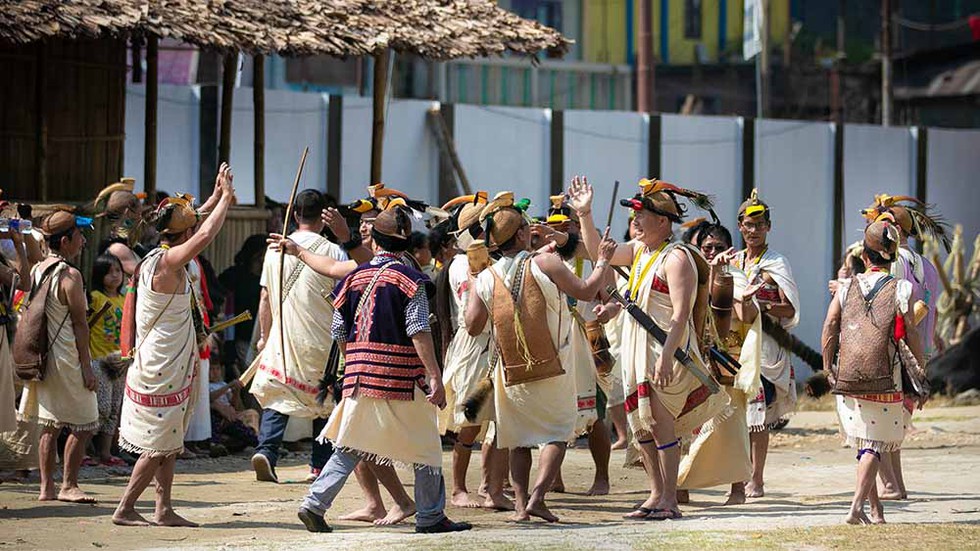
About Nyishi Tribe:
- The Nyishi are the largest ethnic group in Arunachal Pradesh.
- In Nishi, their traditional language, Nyi refers to “a man” and the word shi denotes “a being”, which combined together refers to a civilized human being.
- The Nyishi language belongs to the Sino-Tibetan family; however, its origin is disputed.
- Geographical Distribution:
- They are concentrated in eight districts of Arunachal Pradesh, East Kameng, Pakke Kesang, Papum Pare, Lower Subansiri, Kamle, Kra Daadi, Kurung Kumey and Upper Subansiri.
- They also live in Sonitpur and the North Lakhimpur district of Assam.
- Their population of around 300,000 makes them the most populous tribe in Arunachal Pradesh, closely followed by the combined tribes of the Adis and the Galos, who were the most populous in the 2001 census.
- The Nyishi support themselves with slash-and-burn agricultureand hunting and fishing.
- Along with agriculture and allied activities, the Nyishis are experts in handicrafts such as weaving, cane and bamboo works, pottery, blacksmithing, wood carving, carpentry, etc.
- Religion:
- According to the 2011 Census, Nyishi follows Christian (31%), Hinduism (29%), and many still follow the indigenous Donyi Polo.
- Donyi means the Sun, and Polo means the Moon, which are revered as the Ayu Donyi (Great Mother Sun) and Atu Polu (Great Father Moon).
- According to the 2011 Census, Nyishi follows Christian (31%), Hinduism (29%), and many still follow the indigenous Donyi Polo.
- Festivals:
- The Nyishi celebrates three major festivals, namely, Boori-Boot (February), Nyokum (February) and Longte (April).
- They celebrate and please the gods and goddesses for a good harvest, health, wealth and prosperity.
- Polygyny is prevalent among the Nyishi.
- They trace their descent patrilineally and are divided into several clans.
- One striking feature of Nyishi society is that it is neither based on a caste system nor stratified into classes, except for a loose type of social distinction which is not determined by birth or occupation.
- Nyishis consider women the source of peace, progress and prosperity. According to them, the importance status of women increases and binds through an established ‘reciprocal marital exchange’ system in the society.

About India’s Top Trading Partners:
- China has emerged as India's largest trading partner with $118.4 billion of two-way commerce in 2023-24, surpassing the US.
- The bilateral trade between India and the US stood at $118.28 billion in 2023-24. Washington was the top trading partner of New Delhi during 2021-22 and 2022-23.
- In 2023-24, the United Arab Emirates (UAE), with USD 83.6 billion, was the third largest trading partner of India. It was followed by Russia ($65.7 billion), Saudi Arabia ($43.4 billion) and Singapore ($35.6 billion).
- India's total trade deficit in the last fiscal narrowed to $238.3 billion as against $ 264.9 billion in the previous fiscal.
- The trade deficit with China rose to $85 billion, Russia to $57.2 billion, Korea to $14.71 billion, and Hong Kong to $12.2 billion in 2023-24 against $83.2 billion, $43 billion, $14.57 billion, and $8.38 billion, respectively, in 2022-23.
- India has a trade surplus of $ 36.74 billion with the US in 2023-24. America is one of the few countries with which India has a trade surplus.
- After the US, the Netherlands offers a surplus of $17.3 billion on the back of being a hub of India’s petroleum trade with Europe.
- Other countries with which there is a trade surplus are the UK ($4.5 billion), Italy ($ 2.9 billion), France ($902 million), and Belgium ($598 million).
- India has a free trade agreement with four of its top trading partners - Singapore, the UAE, Korea, and Indonesia (as part of the Asian bloc).

About Stellaria mcclintockiae:
- It is the new species belongs to the genus Stellaria(family Caryophyllaceae).
- Features
- This is an annual herb growing up to 15 cm in height. Known to be found only in the Nelliyampathy hills as of now, and that too at an elevation of 1,250-1,400 metres.
- It differs from other species of this genus with respect to the features of its petals, pollen morphology, bracts, sepals and seed architecture.
- This is the first species of the genus Stellaria reported from south India.
- The researchers have recommended that Stellaria mcclintockiae be classified as critically endangered under the International Union for Conservation of Nature (IUCN) criteria.
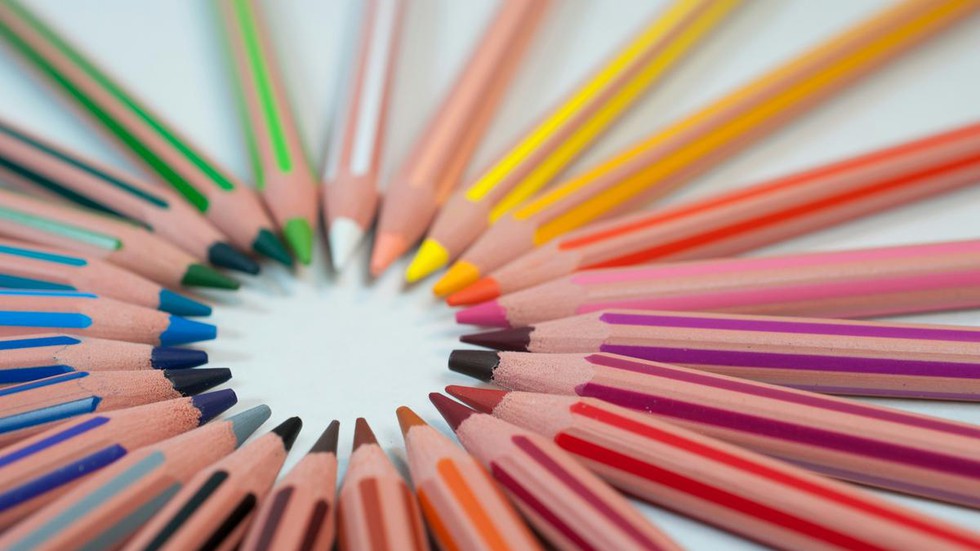
About Colours:
- It is a type of information our eyes receive and process based on electromagnetic radiation.
- An object is said to have a colour based on frequencies of visible-light radiation it absorbs, reflects, and/or scatters, we can perceive the object to have a particular colour.
- How human eyes identify colours?
- In the human eye, the rod and the cone cells receive information in the light that strikes the eye: the rod cells record brightness while the cone cells record the wavelengths, which the human brain interprets as colour.
- Human beings have three types of cone cells. Each type is sensitive to light of a different wavelength and they work together to input colour information to the brain.
- The possession of three types of cone cells is why humans are called Trichromats.
- Similarly, while human vision is restricted to wavelengths from 400 nm to 700 nm (visible light), honeybees can also ‘see’ ultraviolet light and mosquitoes and some beetles can access information in some wavelengths of infrared radiation.
How are colours rendered?
- There are two broad ways to render colours:
- Additive colouring: In this, light of different wavelengths is ‘mixed’ to yield light of one combined colour. The colours on your smartphone screens and television sets are produced in this way.
- Subtractive colouring: In subtractive colouring, a colour is rendered by passing white light through a medium that absorbs, or takes away, specific wavelengths of light, leaving the rest to render a particular colour.
- The typical examples include dyes, pigments and inks.

About Small Island Developing States (SIDS):
- These are a distinct group of 39 States and 18 Associate Members of United Nations regional commissions that face unique social, economic and environmental vulnerabilities.
- The three geographical regionsin which SIDS are located are: the Caribbean, the Pacific, and the Atlantic, Indian Ocean and South China Sea (AIS).
- SIDS were recognized as a special case both for their environment and development at the 1992 United Nations Conference on Environment and Development held in Rio de Janeiro, Brazil.
- For SIDS, the Exclusive Economic Zone (EEZ)—the ocean under their control—is, on average, 28 times the country’s land mass.
- Issues: They are highly vulnerable developing countries as they suffer from low economic diversification, often characterised by high dependence on tourism and remittances, volatility due to fluctuations in private income flows and the prices of raw materials, and debt stress situations.
- For many SIDS, the majority of the natural resources they have access to come from the ocean.
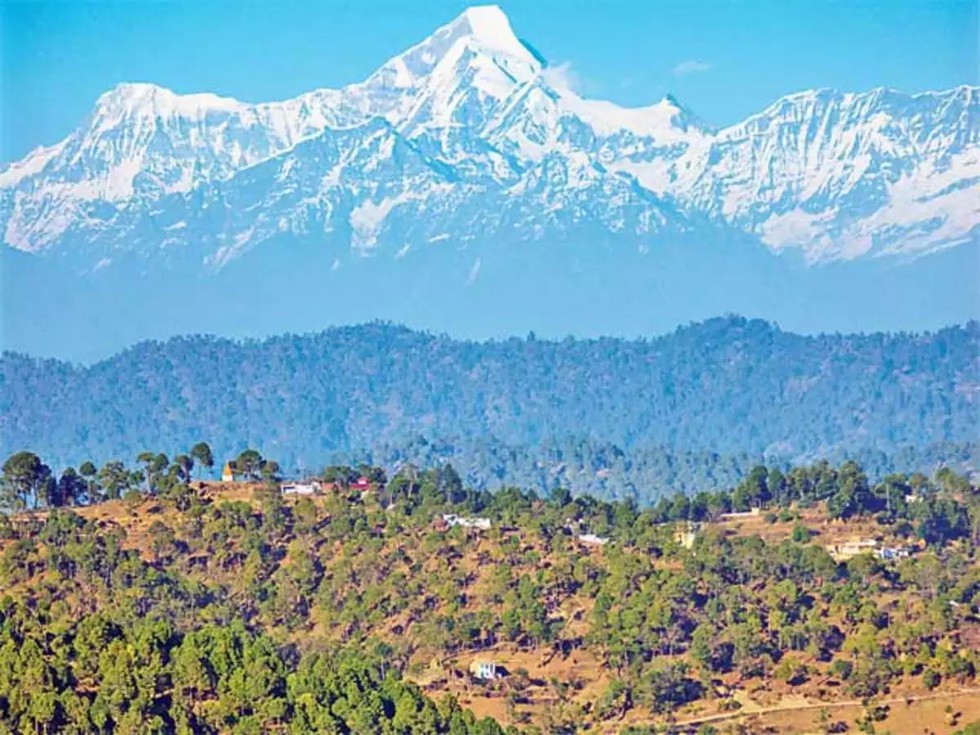
About Kumaon Himalayas:
- It is the west-central section of the Himalayas in northern India.
- Geographical boundary: It lies between the Sutlej River in the west and the Kali River in the East.
- It comprises part of the Siwalik Rangein the south and part of the Great Himalayas in the north and lies largely within the state of Uttarakhand, northwest of Nepal.
- Highest peaks of this region: Nanda Devi and Kamet.
- Lakes of this region: Naini Lake, Sattal, Bhimtal, Naukuchiya Tal
- It is home to some of the major hill stations such as Nainital, Ranikhet, and Almora.
- It is also the melting pot of tribal/indigenous people – Tharus, Bhutiyas, Jaunsaris, Buksas and Rajiswhose.
- Concern: It is an ecologically fragile and seismic-prone area.
Key facts about Shiwalik Range
- Shivalik Hills are a sub-Himalayan Mountain Range running 1,600 km long from the Teesta River, Sikkim, through Nepal and India, into northern Pakistan.
- The range runs parallel with the Himalayan system from Haridwar on the Ganges to the banks of the Beas River. The hills have an average height of 900 to 1,200 m.
- They are chiefly composed of low sandstone and conglomerate hills, the solidified and up-heaved detritus of the great range in their rear, the intermediate valley lying between the outer hills and the Mussoorie.

About AI Anchors:
- The anchors have been named as ‘AI Krish’ and ‘AI Bhoomi’, and can speak in 50 Indian and foreign languages.
- These news anchors are computers, which are exactly like a human, or rather, these can work like a human. They can read the news 24 hours and 365 days without stopping or getting tired.
- The farmer viewers will be able to see these anchors in all the States of the country.
- These AI anchors will provide every necessary information about agricultural research happening in the country and at the global level, trends in agriculture mandis, changes in the weather, or any other information of government schemes.
Key facts about DD Kisan
- It is the only TV channel in the country, which has been established by the Government of India and is dedicated to the farmers. This channel was established on 26 May 2015.
- The objective of establishing the DD Kisan Channel
- To always keep the farmers informed about the changes in weather, global and local markets etc., so that farmers can make appropriate plans in advance and make the right decisions on time.
- It is also working to bring forward the efforts of progressive farmers to all the people, to serve the agricultural and rural community in the country and to work towards creating an environment of holistic development by educating them.
- DD Kisan channel is strengthening the three-dimensional concept of agriculture which includes balanced farming, animal husbandry and plantation.



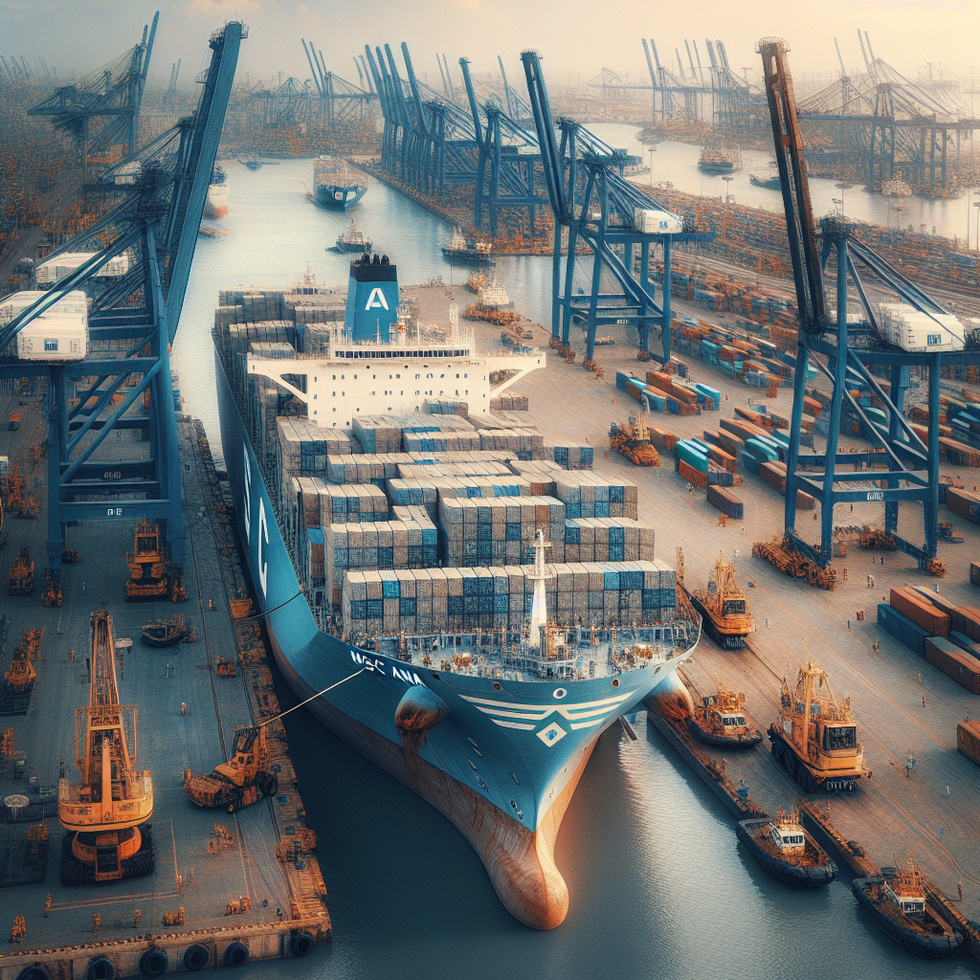
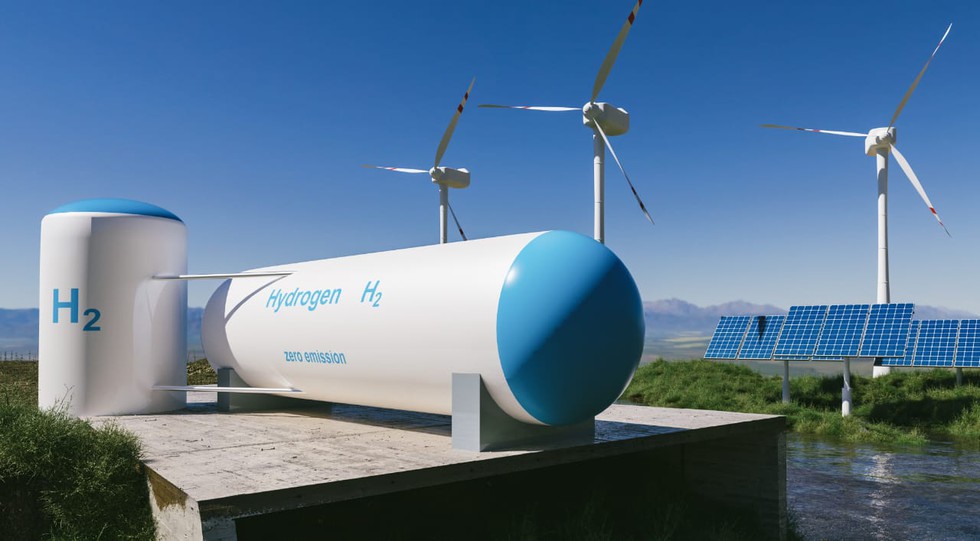
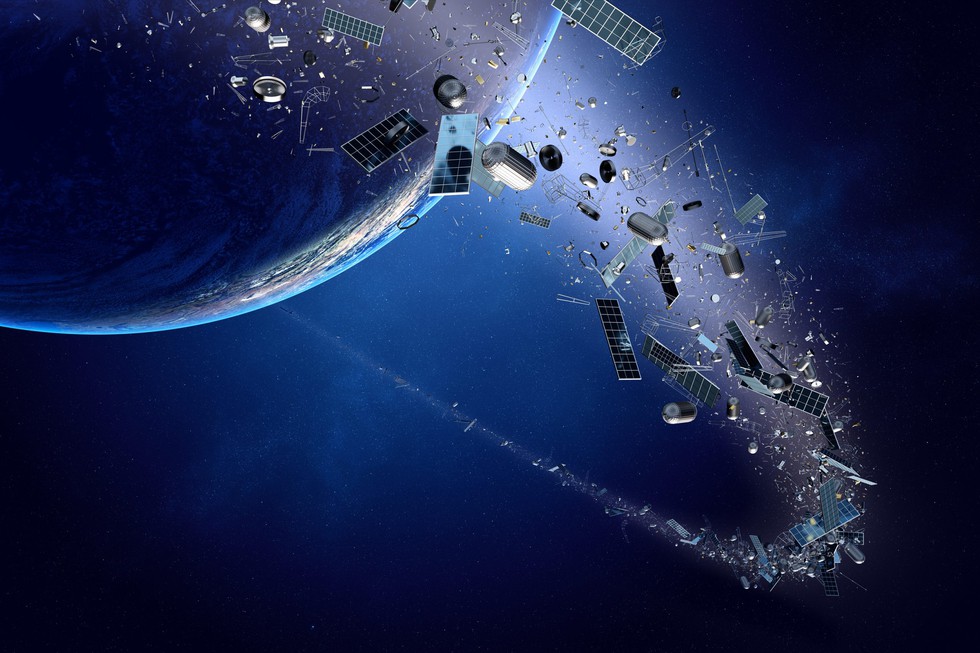























































































































































.png)
.png)
.png)
.png)
.png)


.png)
.png)
.png)





.png)
.png)






.png)
.png)
.png)
.png)
.png)
.png)
.png)
.png)
.png)

.png)







.png)
.png)


.png)
.png)
.png)


.png)

.png)
.png)





.jpg)

.png)
.png)


.png)

.png)
.png)
.png)

.jpg)

.jpg)


.png)

.png)
.png)
.png)
.png)
.png)
.png)
.png)
.png)
.png)
.png)




.png)

.png)





.png)
.png)
.png)
.png)
.png)
.png)
.png)
.png)
.png)
.png)
.jpg)
.jpg)

.png)
.png)
.png)
.png)
.png)
.png)
.png)
.png)
.png)
.png)
.png)
.png)
.png)
.png)
.png)
.png)
.png)
.png)
.png)
.png)
.png)
.png)



.png)
.png)

.jpg)
.jpg)


.jpg)
.jpg)
.jpg)
.jpg)
.jpg)

.jpg)








.jpg)
.jpg)
.jpg)
.jpg)
.jpg)

















.jpg)
.jpg)







.jpg)


















.jpg)
.jpg)






























































































.jpg)
.jpg)


























.jpg)

.jpg)










.jpg)








.jpg)




.jpg)










.jpg)


















.jpg)












































.jpg)














.jpg)
.jpg)
.jpg)





.jpg)

.jpg)
.jpg)





































































.jpg)


































.jpg)
.jpg)
















































.jpg)












.jpg)


.jpg)




.jpg)
.jpg)
.jpg)

.jpg)
.jpg)
.jpg)
.jpg)

.jpg)
.jpg)
.jpg)

.jpg)
.jpg)
.jpg)
.jpg)
.jpg)
.jpg)
.jpg)
.jpg)

.jpg)


.jpg)
.jpg)
.jpg)
.jpg)
.jpg)
.jpg)
.jpg)
.jpg)
.jpg)
.jpg)











.jpg)
.jpg)





.jpg)
.jpg)
.jpg)
























.jpg)
























.jpg)









.jpg)
.jpg)







.jpg)
.jpg)









































.jpg)
.jpg)
.jpg)
.jpg)
.jpg)

.jpg)
.jpg)
.jpg)
.jpg)
.jpg)


.jpg)
.jpg)
.jpg)
.jpg)
.jpg)

.jpg)
.jpg)
.jpg)
.jpg)
.jpg)
.jpg)
.jpg)
.jpg)
.jpg)
.jpg)
.png)

.png)
.png)

.png)
.png)
.png)
.png)


.jpg)
.jpg)

.jpg)
.jpg)
.jpg)

.png)
.png)
.png)
.png)
.png)
.png)
.png)

.png)
.png)
.png)
.png)
.png)
.png)
.png)
.png)
.png)
.png)





































































-min.png)



.png)




.png)








































